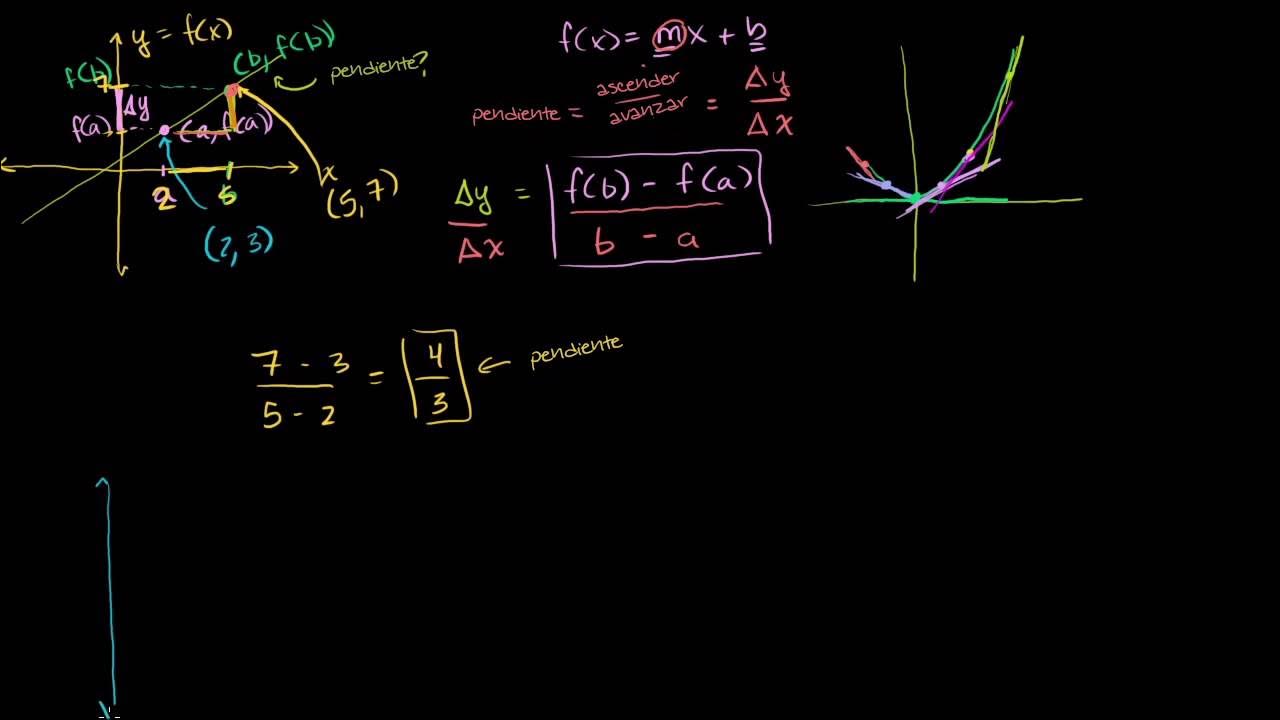History of Calculus: Part 1 - Calculus in a Nutshell
Summary
TLDRThis video script introduces the concept of calculus as a tool for analyzing curves and functions, which can represent various phenomena in the universe. It outlines the historical quest to 'square' curves and find tangents, leading to calculus's development. The script explains calculus's ability to determine properties like area, length, concavity, and extrema of curves. It simplifies calculus into a 'cutting and stitching' process, distinguishing between differential and integral calculus. The video also touches on the historical evolution of calculus, from its pioneers' intuitive use of infinitesimals to the 19th-century formalization using limits, promising a journey through the history of calculus starting from Ancient Egypt.
Takeaways
- 📚 Calculus was initially developed as a tool to analyze mathematical curves and find their properties.
- 🔍 Calculus helps to determine five key properties of curves: area under the curve, curve length, concavity, tangents, and points of maxima or minima.
- 🎓 The historical quest to 'square the curve' and find tangents were significant catalysts in the discovery of calculus.
- 🌐 Calculus evolved from analyzing curves to analyzing functions, which are more abstract mathematical entities.
- 🤔 Mathematicians were motivated to analyze curves due to their representation of measurable phenomena in the universe.
- 🌟 Calculus is considered one of the most important branches in mathematics because of its applicability to understanding various natural phenomena.
- ⚙️ The core processes of calculus are 'cutting' and 'stitching,' which involve dividing a curve into infinitesimally small pieces and then recombining them.
- 🧩 Differential calculus deals with the 'cutting' process, while integral calculus handles the 'stitching' back together.
- 🤓 The concept of infinitesimals, though logically vague, was crucial for the pioneers of calculus and has been replaced by limits in modern formulations for logical rigor.
- 🏛️ Calculus simplifies complex problems that once required extraordinary ingenuity, making it accessible to a broader range of individuals through systematic rules and symbols.
Q & A
What is the primary focus of the video series 'The History of Calculus'?
-The primary focus of the video series 'The History of Calculus' is to explore how calculus evolved and to understand it in a more intuitive way by learning it through its historical development.
What are the five properties of curves that calculus helps us find?
-The five properties of curves that calculus helps us find are: 1) the area under the curve, 2) the length of the curve, 3) the concavity of the curve, 4) the tangent to the curve, and 5) the points of maxima or minima.
Why were mathematicians historically interested in 'squaring the curve'?
-Historically, mathematicians were interested in 'squaring the curve' as it was a way to find the area under a curve, which was a significant challenge and a major catalyst in the discovery of calculus.
How does calculus extend the concept of finding tangents to curves?
-Calculus extends the concept of finding tangents to curves by using the process of cutting the curve into infinitely small pieces and extending the piece at a particular point to get the tangent line.
What is the practical motivation behind the development of calculus?
-The practical motivation behind the development of calculus was the ability to analyze and find properties of different phenomena in the universe, which could be represented by curves.
What are the two simple processes that calculus uses to analyze curves?
-The two simple processes that calculus uses to analyze curves are 'cutting' and 'stitching', which involve dividing the region or curve into infinitely small pieces and then combining them to find the desired properties.
What is the branch of calculus that deals with the 'cutting' process?
-The branch of calculus that deals with the 'cutting' process is called differential calculus.
What is the branch of calculus that deals with the 'stitching' process?
-The branch of calculus that deals with the 'stitching' process is called integral calculus.
How did the concept of infinitesimals contribute to the development of calculus?
-The concept of infinitesimals, although vague and illogical, contributed to the development of calculus by allowing mathematicians to work with infinitely small pieces of curves or areas, which led to correct results despite the lack of a solid logical foundation at the time.
What was the significant change in the understanding of calculus in the 19th century?
-In the 19th century, mathematicians tackled the problem of infinitesimals by eliminating them and introducing limits, which put calculus on a stronger logical foundation but made it more difficult to understand.
How does calculus simplify the process of analyzing shapes and curves compared to earlier methods?
-Calculus simplifies the process of analyzing shapes and curves by providing a systematic method of cutting and stitching, which reduces problems that once required significant ingenuity and creativity into a set of rules and symbols that anyone can apply.
Outlines

This section is available to paid users only. Please upgrade to access this part.
Upgrade NowMindmap

This section is available to paid users only. Please upgrade to access this part.
Upgrade NowKeywords

This section is available to paid users only. Please upgrade to access this part.
Upgrade NowHighlights

This section is available to paid users only. Please upgrade to access this part.
Upgrade NowTranscripts

This section is available to paid users only. Please upgrade to access this part.
Upgrade NowBrowse More Related Video

¿Qué es la INTEGRAL? | SIGNIFICADO de la integral definida (Lo que no te enseñan sobre la integral)

Calculus - Introduction to Calculus

Calculus - Average Rate of Change of a Function

Calculus Made EASY! Learning Calculus

Cálculo: Derivadas 1 (nueva versión HD)

how to get the Fourier series coefficients (fourier series engineering mathematics)
5.0 / 5 (0 votes)